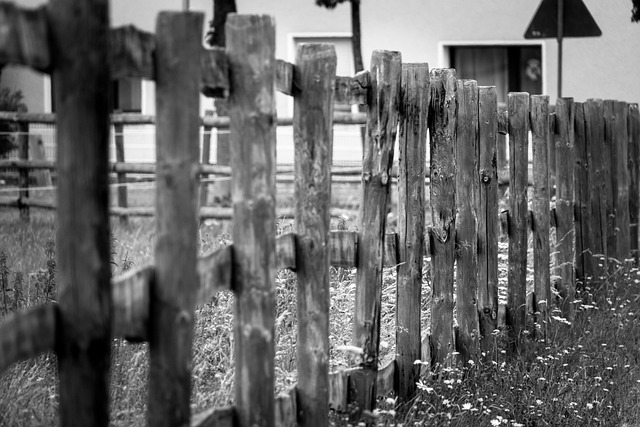Looking to enhance your New Bedford, Massachusetts property with a DIY fence installation? This guide is your comprehensive resource. Discover expert tips for planning your project, selecting durable fencing materials suited to the local climate, and mastering each step of the installation process. Learn how to ensure long-lasting fence durability, resulting in an attractive and secure outdoor space that increases your home’s value.
- Planning Your Fence Installation Project
- Choosing the Right Fencing Material for New Bedford Climate
- Step-by-Step Guide to DIY Fence Installation
- Tips for Ensuring Long-Lasting Fence Durability
Planning Your Fence Installation Project
Before you begin installing your fence, take time to plan your project thoroughly. Start by assessing your property lines and ensuring you have the necessary permits from New Bedford, Massachusetts authorities. Identify the type of fence that best suits your needs, whether it’s a traditional wooden picket fence, a modern vinyl option, or something more unique. Consider factors like privacy levels required, aesthetics, and budget.
Create a detailed layout of where the fence will be installed, taking into account any obstacles like trees, shrubs, or existing structures. Measure the perimeter carefully and determine the quantity of materials needed. This planning stage is crucial to ensure your project runs smoothly and efficiently, resulting in a beautiful and secure fence that enhances your New Bedford property.
Choosing the Right Fencing Material for New Bedford Climate
When considering DIY fence installation in New Bedford, Massachusetts, selecting the suitable fencing material is a crucial step that should account for the region’s climate. The area experiences all four seasons, including cold winters and warm summers, which can impact the longevity of your fence. Opting for durable materials like vinyl or treated wood is advisable due to their resistance to rot and decay, common issues in humid climates.
Vinyl fencing is an excellent choice as it requires minimal maintenance, withstands harsh weather conditions, and offers a variety of styles to suit different aesthetic preferences. Alternatively, pressure-treated wood fences are cost-effective, long-lasting, and can be stained or painted to match your desired look. Both options provide privacy and security while considering the unique environmental factors of New Bedford’s climate.
Step-by-Step Guide to DIY Fence Installation
Starting your DIY fence installation project is an exciting way to enhance your New Bedford, Massachusetts property. Here’s a simple step-by-step guide to help you through the process:
1. Plan and Measure: Begin by assessing your yard and deciding on the type of fence that suits your needs and style preferences. Measure the perimeter carefully using measuring tape. Create a basic layout plan, considering the fence’s placement and any gates or openings required.
2. Gather Materials: Based on your measurements, purchase the necessary materials, including posts, rails, panels, concrete, fasteners, tools (like post-hole diggers, hammers, saws), and any decorative elements. Ensure you get high-quality products suitable for outdoor use to guarantee longevity.
Tips for Ensuring Long-Lasting Fence Durability
When installing a fence, ensuring its longevity is a key consideration for New Bedford homeowners. One effective tip is to start by preparing the ground properly. Before setting any posts, clear away debris and ensure the soil is compacted to provide a solid base. This step is crucial as it prevents uneven settling over time. Additionally, using concrete or polymer-based anchors instead of traditional wooden stakes can significantly enhance fence stability and durability, especially in unpredictable weather conditions.
Regular maintenance plays a vital role in keeping your fence sturdy and long-lasting. This includes cleaning the fence regularly to remove debris and dirt buildup. Applying protective coatings, paints, or sealers designed for outdoor use can also shield the fence from elements like sunlight and moisture, which are common culprits of wood rot and deterioration. By incorporating these practices into your home improvement routine, you’ll extend the life of your new fence and maintain its aesthetic appeal.
